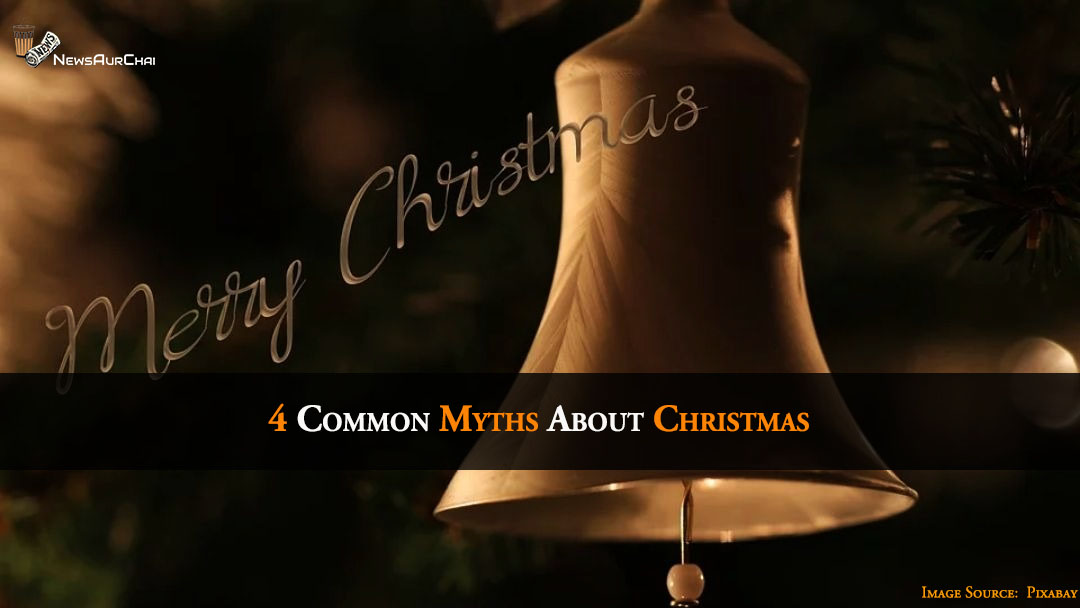
Christmas–an annual festival to celebrate the birth of Jesus Christ, and it is one among the most heavily mythologized celebration. Starting from Santa and eight tiny reindeer coming to give away gifts, eventually, you understand that December 25 wasn’t Jesus’ actual birthday, Rudolph wasn’t part of the original gang.
No matter how many years pass by, such myths tend to remain. So let’s see some of the common myths spread about Christmas.
1. Pagan Holiday on December 25
By now, most people are presumably aware that December 25 wasn’t Jesus’ literal birthday. One of the more popularly held views now is that December 25 was a holiday that marked one of the Roman gods, and Christians re-appropriated it. However, that’s not correct either.
According to Andrew McGowan of the Berkeley Divinity School at Yale, there isn’t any record of a pagan holiday on or around December 25. So apparently, choosing December 25 as the date of Christ’s birth was a bit of an educated guess. Tertullian of Carthage estimated that Jesus was crucified on March 25, and Christian tradition holds that he died on the same day he was conceived: the Feast of Annunciation.
2. There Were Three Wise Men
Speaking about the wise men, in both art and song (“We Three Kings”), we get the accurate impression there were three of them (also called “Magi”). The problem is that this number is found nowhere in the biblical accounts.
Matthew tells us, “Now after Jesus was born in Bethlehem of Judea in the days of Herod, the king, behold, wise men from the east came to Jerusalem” (Matt. 2:1).
The idea of three wise men possibly came from the fact that Matthew mentions three gifts: gold, frankincense, and myrrh (Matt. 2:11).
3. Jesus was born in a barn or stable.
Just about every nativity set places the baby Jesus was born in a barn, surrounded by animals. Once again, this is a hypothesis because the Bible does not specify this.
The Scriptures say, “And she gave birth… and laid him in a manger, because there was no place for them in the inn” (Luke 2:7). So probably it was assumed that Jesus was born in a barn or stable, as a manger was mentioned. A manger is a feeding channel for animals.
However, these feeding troughs were also usually used inside homes, as families would sleep upstairs while small animals were kept downstairs during winter.
4. A star hovered over the manger.
You would hardly find a Christmas play without a bright shining star hovering above it. However, there is no such reference to this in the Gospels. The magi were given a star that first led them to Jerusalem (Matt. 2:1-2), then on to Bethlehem (v. 9-10), where they found the child.
In jealousy, King Herod gave a command that all babies in the region below the age of 2 years to be killed (v. 16). This suggests that Jesus had been in Bethlehem for some time; however, neither the wise men nor the star was hovering over the manger the night Jesus was born.
While some of these myths are getting cleared, it paves way for new ones; however, what we must not forget is this day marks the birth of soul who only knew to love anything and everything. So on this auspicious day spread the message of love and humanity in this world.





